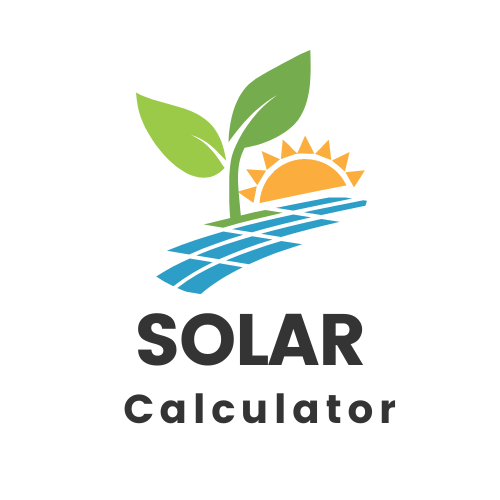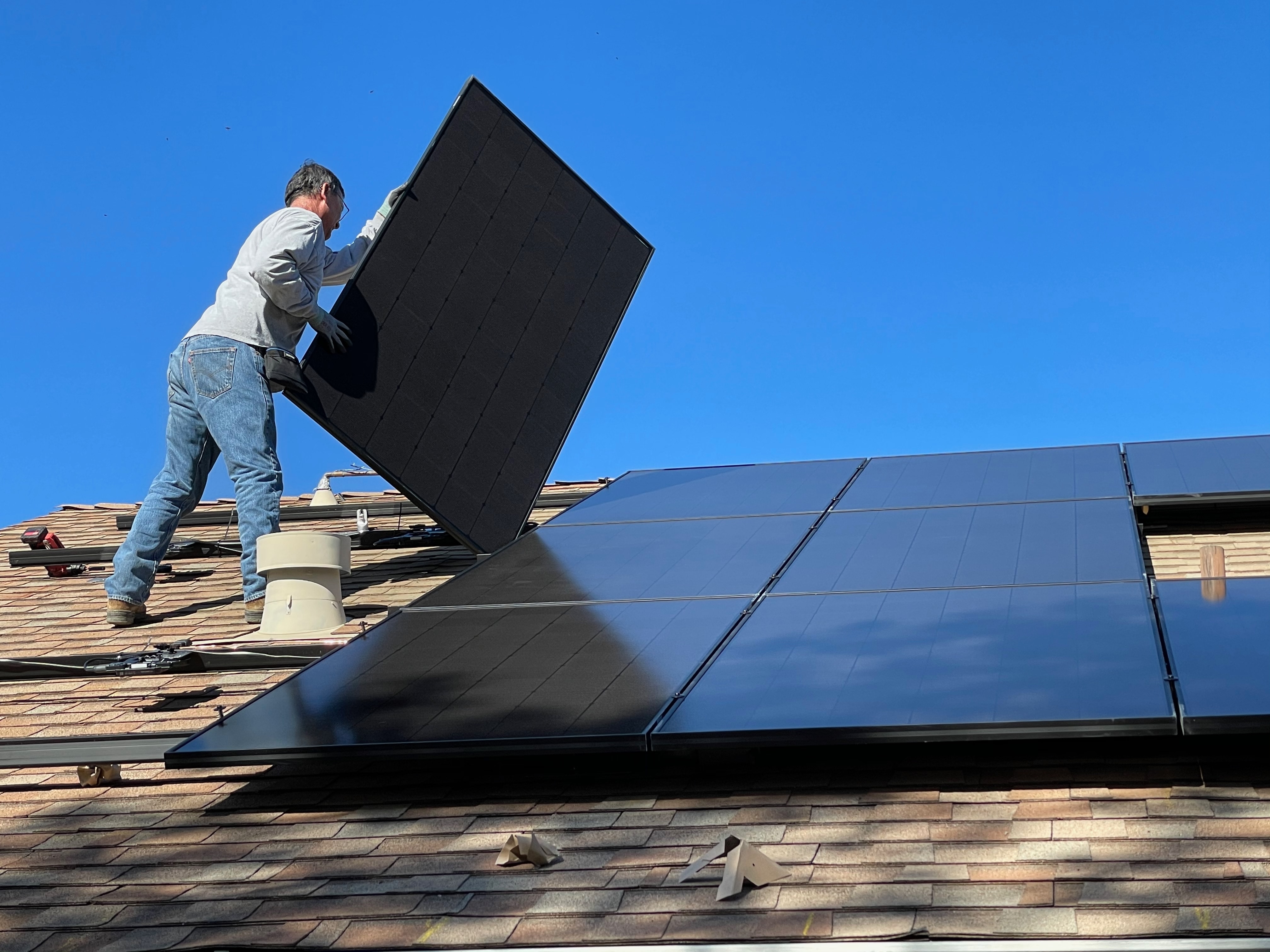In the pursuit of sustainable energy solutions, solar power harnesses the sun’s boundless energy to generate electricity. Solar panels, often referred to as photovoltaic (PV) panels, are central to solar energy systems. However, just installing solar panels on your rooftop or property doesn’t guarantee optimal energy production. To maximize efficiency, it’s essential to consider the tilt and orientation of your panels. In this blog post, we’ll explore how adjusting these factors significantly impacts energy generation and provide valuable insights and tips for optimization.
The Science Behind Tilt and Orientation
Solar panels function by capturing sunlight and transforming it into electricity through the photovoltaic effect. The amount of energy generated relies on the intensity and duration of sunlight exposure. To maximize solar energy capture, it is essential to ensure that solar panels are positioned with the appropriate orientation and tilt.
1. Orientation: In the Northern Hemisphere, solar panels are most effective when facing south, while in the Southern Hemisphere, a northern orientation is optimal for capturing sunlight throughout the day. Nevertheless, the precise orientation can vary based on your location and energy requirements. Striking the right balance between east and west orientations is essential to capture both morning and afternoon sunlight effectively.
2. Tilt: The tilt angle of solar panels also plays a crucial role. The tilt angle affects how effectively the solar panels can capture sunlight at different times of the year. In general, the tilt angle should be equal to your latitude, but seasonal adjustments can further optimize energy production.
Why Optimizing Tilt and Orientation Matters
Efficient tilt and orientation of solar panels can have a substantial impact on your system’s performance and, by extension, your energy savings and environmental footprint. Here’s why it matters:
Maximizing Energy Production
Solar panels that are optimally oriented and tilted can produce more energy throughout the day. With a proper setup, you can capture the sun’s rays from sunrise to sunset, significantly increasing your daily energy output.
Faster Return on Investment
By generating more electricity, you’ll pay off your solar panel installation costs faster. Optimizing the tilt and orientation of your panels is like making a smart investment that pays dividends in the form of reduced energy bills and potentially excess energy to sell back to the grid.
Reducing Environmental Impact
Solar power is known for its eco-friendly attributes, but optimizing your panels’ efficiency takes it a step further. The more energy your panels produce, the less you rely on fossil fuels, reducing your carbon footprint and contributing to a greener planet.
Tips for Optimizing Solar Panel Tilt and Orientation
Now that you understand the importance of correct tilt and orientation, let’s delve into some practical tips for optimizing your solar panels:
1. Consult a Professional: The best way to determine the ideal tilt and orientation for your solar panels is to consult a professional solar installer. They will consider your location, roof type, and energy requirements to provide the most accurate recommendations.
2. Seasonal Adjustments: If you want to maximize energy production throughout the year, consider adjusting the tilt angle seasonally. Increase the tilt angle in the winter to capture lower sun angles and decrease it in the summer for a flatter angle.
3. Use a Solar Tracker: Solar trackers are mechanical systems that automatically adjust the tilt and orientation of solar panels to follow the sun’s path throughout the day. While these can be expensive, they can significantly boost energy production.
4. Monitor Your System: Invest in a monitoring system that tracks the performance of your solar panels. By regularly reviewing the data, you can make adjustments as needed to ensure maximum efficiency.
5. Keep Panels Clean: Dust, dirt, and debris on solar panels can reduce their efficiency. Regularly clean your panels to ensure they receive the full impact of sunlight.
6. Avoid Shading: Ensure that your solar panels are not shaded by nearby trees, buildings, or other obstacles. Shading can significantly reduce energy production.
7. Consider Roof Shape: The shape of your roof can influence the orientation and tilt options. Flat roofs offer more flexibility in panel placement, while sloped roofs may require different mounting strategies.
8. Local Regulations: Check local regulations and zoning restrictions that may affect the tilt and orientation of your solar panels. Complying with local rules is essential for a trouble-free solar installation.
Conclusion
Optimizing the tilt and orientation of your solar panels is a critical step in maximizing your solar energy system’s efficiency. By taking the time to adjust these angles correctly, you can enjoy higher energy production, quicker returns on investment, and a reduced environmental impact. Consulting with professionals and monitoring your system’s performance will ensure that you make the most of the abundant solar resource available to you.
With the right adjustments and a commitment to sustainable energy, your solar panels can become a powerful tool in the fight against climate change, helping you save money and the planet simultaneously.

